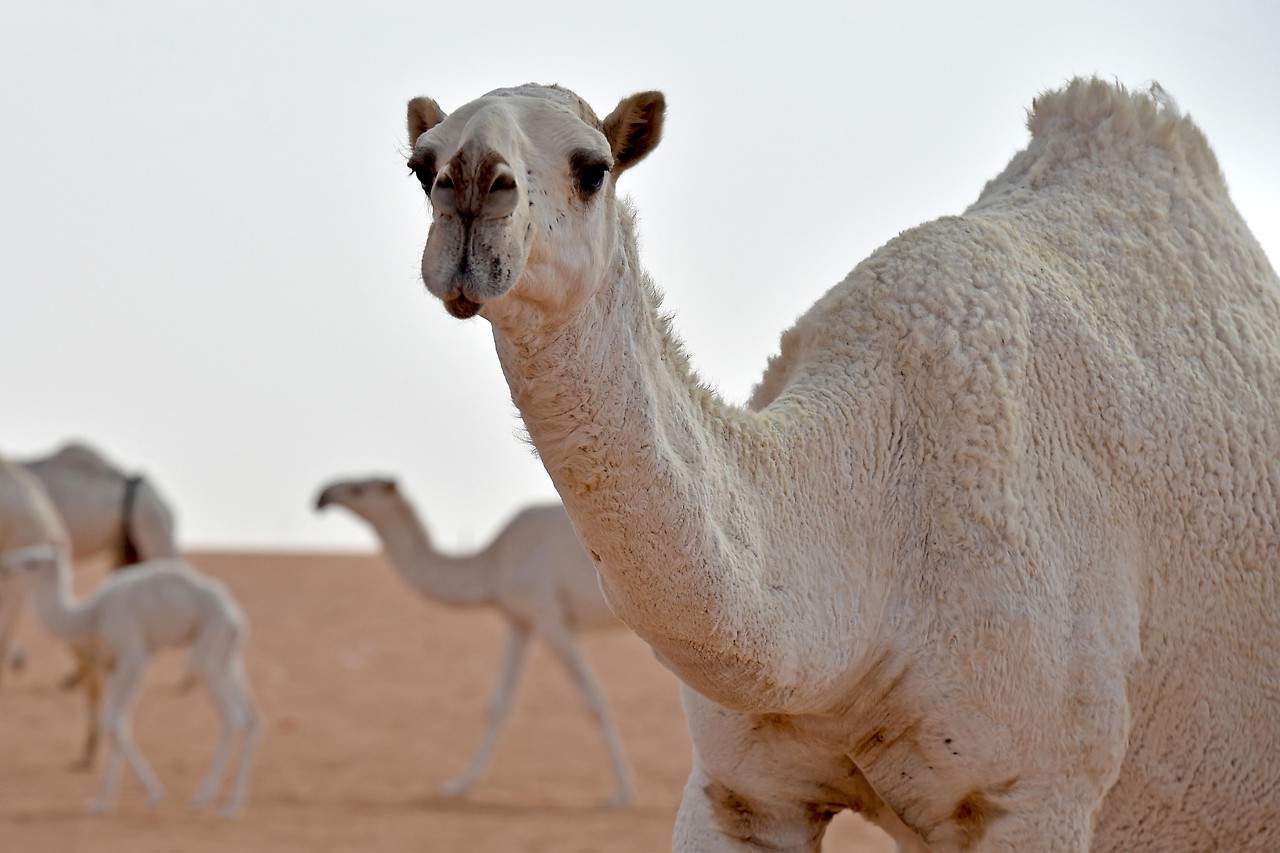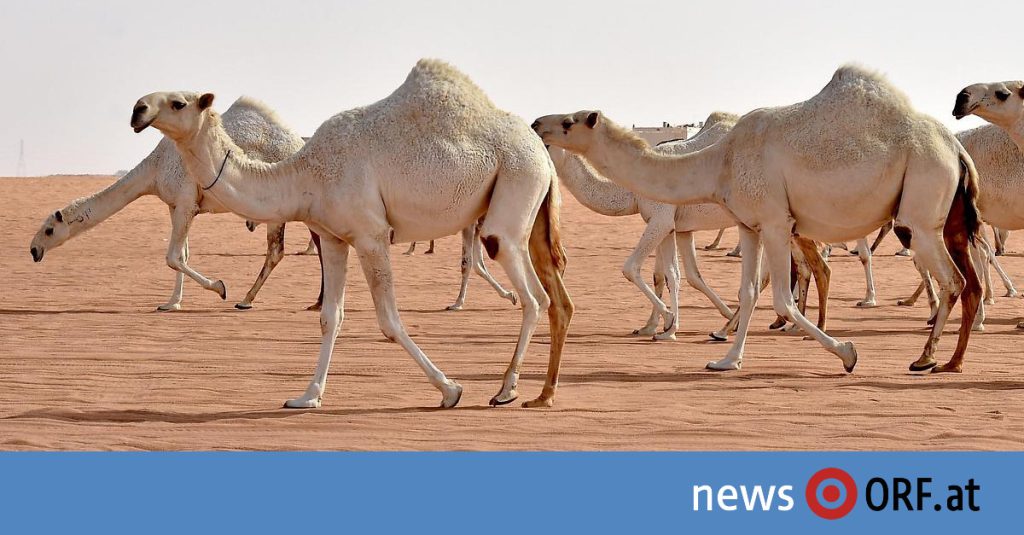A massive, month-long camel festival is celebrated in the desert northeast of Riyadh. Numerous races, camel and accessory bazaars, auctions and beauty contests in several categories attract breeders from all over the world every year, who introduce their animals, acquire new ones and establish new contacts.
The competition offered nearly 66 million dirhams (16 million euros). Many breeders are drawn to unfair practices: plastic surgery on camels is no longer an isolated case. Botox, face-lift, puffy lips, rhinoplasty, erect humps, silicone pads in the right places: all that is known from modern (human) plastic surgery can also be used in a convenient form on beauty. Hormonal therapies are also often used to stimulate muscle growth.

Only natural beauty matters
In the multi-million dollar camel breeding business, competitions also play a major role beyond prize money. Prize-winning animals not only increase their value, but also the value of the entire breed. Unlike beauty pageants and body painting contests, the guidelines for beauty contests are more stringent: according to the organizers, only natural beauty should be evaluated.
According to the Royal Saudi Press Agency, about 40 camels have been excluded from participation this year – a record number in the history of the festival.

During the raid, “specialized and modern” methods were used with which to track down artificial animals. “The association is very keen to prevent any attempt of fraud and forgery,” the jurors said. They also announced severe penalties for those breeders who would attempt to cheat victory.
The use of modern technology in camel racing
In contrast to beauty pageants, modern technology plays an essential role in camel racing: since adults are out of the question for jockeys because of their weight, young children – mostly enslaved children from Pakistan and Bangladesh – are used to being abused and used to. .
Due to serious allegations by human rights organizations, this practice has been banned in Saudi Arabia since 2018 (and much longer everywhere else). Instead of children, small remote-controlled robots are now sitting on animals. Developed in Qatar in 2008, the heavy “robot jockeys” weighing from 2 to 6 kilograms, have a small head and legs so that they can drive a reindeer – they are powered from a car driving next to them.
As with beauty pageants, the same applies to racing: In the multi-million dollar camel breeding business, competitions also play a major role beyond prize money. Prize-winning animals not only increase their value, which can reach several million, but also increase the value of the entire breed.

“Food practitioner. Bacon guru. Infuriatingly humble zombie enthusiast. Total student.”








More Stories
Kyiv: Russian Kursk offensive halted
US Presidential Election: Former US Government Officials Warn Against Donald Trump's Election
Netherlands wants to leave asylum system